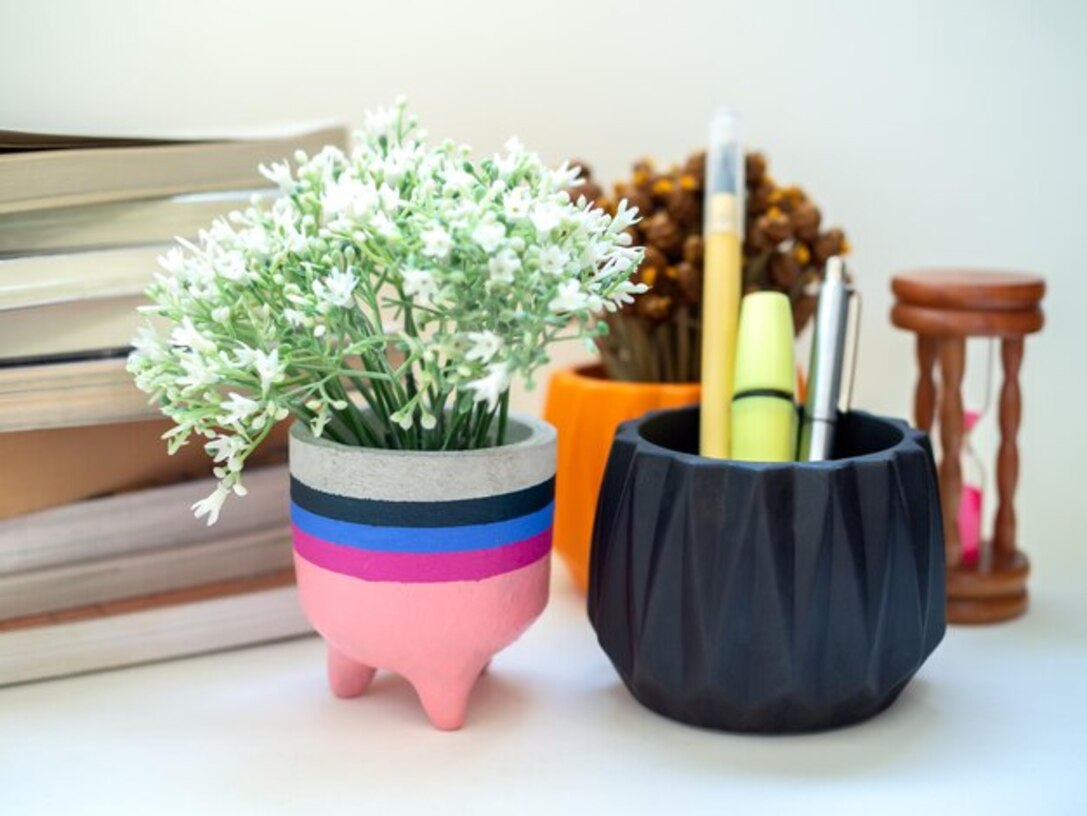Strategies for a home purchase that fosters creativity

Are you ready to transform your home into a space that boosts your creativity? Buying home items is not just about acquiring objects, but about choosing pieces that inspire and stimulate your senses. In this article, we will reveal effective strategies that will help you select decorative and functional elements that will not only beautify your surroundings but also foster a creative environment. Learn how every decision can be an opportunity to express your unique style and enhance your imagination. Let’s make your home a true creative refuge!
1. Define your personal style: the key to a creative purchase.
Defining your personal style is the first essential step to making a creative purchase for your home. By identifying your aesthetic preferences, whether you lean towards a minimalist, bohemian, rustic, or contemporary style, you will be able to make more informed and coherent decisions when choosing items for your space. This process will not only help you avoid impulsive purchases that can lead to a cluttered environment but will also allow you to create a visual narrative that reflects who you are. Remember that each object has the potential to tell a story; selecting those that resonate with you will transform every corner of your home into an extension of yourself.
Once you have defined your personal style, you can start to explore the creative possibilities that lie before you. Think about how different textures, colors, and shapes can interact with each other to enhance the atmosphere of each room. Don't be afraid to mix disparate elements as long as you do it with intention; this mix can bring character and visual interest to your spaces. At the end of the day, the key is to allow yourself to experiment and play with combinations until you find what truly inspires you. In doing so, you will not only be purchasing home items but creating a sanctuary where creativity can flourish freely.
2. Incorporate unexpected elements: surprises in the decor
Incorporating unexpected elements into your home decor can be a powerful way to stimulate creativity and offer a personal touch. These elements can range from an unusual piece of art, a unique sculpture, or even recycled furniture with a story to tell. By selecting pieces that break from the conventional, you not only transform the space but also invite curiosity and dialogue. Every corner becomes an opportunity to explore new ideas and perspectives, making your home an authentic reflection of your individuality.
Additionally, unexpected elements can act as catalysts for creativity. Imagine having a vintage vase filled with colorful pencils instead of flowers; it’s not only decorative, but it also invites artistic activity. Or consider integrating textiles with vibrant patterns in unusual places, such as the back of a chair or the inside of a closet. These visual surprises not only add aesthetic interest but also create a stimulating environment where ideas flow freely. In summary, embracing the unusual can open new creative doors and make each day in your home a new inspiring adventure.
3. The importance of color: the emotional impact in the home
Color is one of the most powerful elements in home decoration, as it has the ability to significantly influence our emotions and moods. When choosing colors for your spaces, it is essential to consider how they can affect your creativity. Warm tones like yellow and orange tend to stimulate energy and sociability, while blues and greens evoke tranquility and concentration. An environment painted with colors that resonate with you can be a catalyst for new ideas and creative approaches, creating a space where you feel motivated to explore your potential.
In addition to the walls, accessories, furniture, and textiles also offer an excellent opportunity to play with color. Incorporating elements in different shades not only adds visual depth to the environment but also allows for the creation of specific zones according to the activity you wish to encourage. For example, a reading nook can benefit from soft tones that invite relaxation, while an area dedicated to creative work can be adorned with vibrant colors that stimulate innovation. Ultimately, every color choice can contribute to building a home that is not only aesthetically pleasing but also deeply inspiring.
4. Functionality with art: combining utility and aesthetics
Functionality and art are not mutually exclusive concepts; rather, they can coexist in perfect harmony within your home. By selecting items that are both useful and aesthetically pleasing, you are creating a space where each object tells a story and serves a purpose. For example, choose shelves that feature innovative designs or coffee tables with unusual shapes; these elements will not only serve to store or display your belongings, but they will also become focal points that spark curiosity and encourage interesting conversations. The key is to seek pieces that reflect your personality and lifestyle while adding an artistic touch to your environment.
Similarly, the combination of utility and aesthetics can be a catalyst for creativity. Imagine having kitchen utensils that are not only practical but also display vibrant colors or unique patterns; this can make cooking a pleasurable and inspiring experience. Furthermore, by incorporating functional art pieces, such as artistic lamps or paintings with integrated storage, you can optimize space without sacrificing design. This approach will allow you to enjoy a home that is not only beautiful to look at but also nurtures your creativity and makes every day an opportunity to experiment with new ideas and projects.
5. Flexible spaces: versatile furniture that inspires creativity
Incorporating versatile furniture into your home can be an excellent way to foster creativity and adapt to different needs and activities. Transformable furniture, such as extendable tables, modular sofas, or adjustable shelves, not only optimizes space but also gives you the freedom to rearrange your environment according to your desires. By allowing you to reconfigure an area for an artistic project, a social gathering, or simply to relax, these flexible elements inspire new ways to think and work on your creative passions.
Additionally, multifunctional furniture can serve as a constant source of visual inspiration. Choosing pieces with unique designs or striking finishes can add a fresh touch to your decor and stimulate your imagination every time you see them. For example, a chair that converts into a portable desk or a bed that offers additional storage not only solves practical problems but also evokes ideas on how to use space innovatively. By selecting these types of furniture, you are not only making a smart purchase; you are investing in an environment that fosters experimentation and creative thinking.
6. Sensory experiences: textures and aromas that stimulate the mind
Creating an environment that stimulates creativity goes beyond aesthetics; it also involves considering the sensory experiences that objects can offer. Textures, for example, play a fundamental role in how we interact with our surroundings. By choosing soft rugs, cushions made of different materials, or furniture with unique finishes, we not only provide visual comfort but also invite touch and exploration. This tactile interaction can trigger new ideas and foster inspiration, turning every corner of the home into an opportunity to discover new creative perspectives.
Aromas are another powerful element that should not be underestimated in the home buying process. Incorporating scented candles, diffusers, or even natural plants can transform an ordinary space into one full of life and energy. Scents have the ability to evoke memories and emotions, which can be a great boost for creativity. For example, the aroma of fresh wood can foster a sense of calm and concentration, while citrus fragrances can energize us and inspire us to create. By selecting items that stimulate our senses through textures and aromas, we are building an environment conducive to the flourishing of our imagination.
7. The rule of three: creating harmonious compositions in decoration
The rule of three is an effective technique in decoration based on the idea that elements grouped in threes tend to be more attractive and harmonious to the human eye. By applying this rule, you can create balanced and dynamic compositions that add visual interest to your spaces. For example, when choosing decorations for a shelf or a centerpiece, select three pieces that vary in height, shape, and texture. This variety not only attracts attention but also allows for a visual story to be told, inviting exploration and curiosity. Furthermore, the rule of three can extend beyond individual decorative objects. Consider its application in colors: combining three complementary shades can completely transform an environment. Use this technique to select cushions, works of art, or even flowers; the result will be a harmonious ensemble that stimulates your creativity every time you look at it. Remember that each element should have its own space within the group to avoid visual clutter and allow each piece to shine on its own, thus creating an inspiring refuge where your imagination can flourish.



